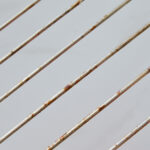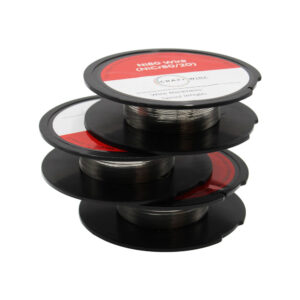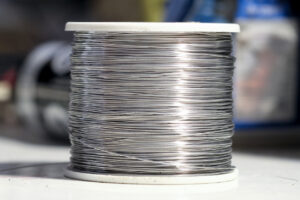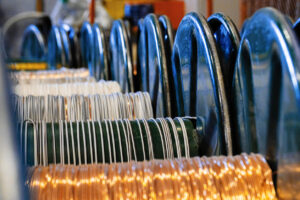Resistance, a fundamental property of materials, dictates how easily electricity can flow through a wire or component.
Understanding this principle is crucial across a wide range of applications, from designing intricate electronic circuits to constructing large-scale electrical networks. One intriguing aspect of resistance that often sparks curiosity is the influence of a wire’s length on its resistance. This blog aims to unravel this relationship, focusing on how changing the length of a wire impacts its resistance, particularly in metals such as Nichrome 80, FeCrAl A1, 316 Stainless Steel and Copper.
These materials, each with unique resistive properties, are integral to various applications and offer an insightful perspective into the practical implications of resistance in electrical systems.
Let’s get into it..
Understanding Electrical Resistance
Understanding Electrical Resistance:
An electrical resistance is the opposition to the flow of electric current through a conductor. Electrons, the tiny particles that make up electric current, are measured by how much a material resists their movement. Composition, temperature, and physical dimensions all contribute to a material’s resistance.
Ohm’s Law:
The fundamental relationship between resistance (R), voltage (V), and current (I) in an electrical circuit is elegantly described by Ohm’s Law, expressed as V=IR. This equation implies that the voltage across a material is proportional to the current flowing through it, with resistance being the constant of proportionality.
Resistivity:
Resistance is also influenced by the material’s intrinsic properties, known as resistivity (ρ). Resistivity is an inherent characteristic of the material, determining how much resistance it offers to the flow of electricity. The dimensions of the material, notably its length (L) and cross-sectional area (A), further impact its resistance. The resistance of a wire is directly proportional to its length and inversely proportional to its cross-sectional area, which can be represented by the formula R=ρAL.
Exploring Metal Properties:
As we proceed, we will explore how this relationship plays out in various metals, each with its unique resistive properties, and how understanding them is crucial for their practical application in electrical and electronic devices.
The Relationship Between Wire Length and Resistance
Relationship Between Length and Resistance:
The relationship between a wire’s length and its resistance is one of the fundamental principles in the study of electricity. This relationship is governed by the formula R=ρAL, where R is resistance, ρ (rho) is the material’s resistivity, L is the length of the wire, and A is its cross-sectional area.
Resistivity:
Resistivity, ρ, is a property intrinsic to the material of the wire, indicating how much it opposes the flow of electric current. It’s measured in ohm-meters (Ω·m).
Every material has a different resistivity; for instance, copper has a low resistivity, making it an excellent conductor, while rubber has a high resistivity and is used as an insulator.
Length and Resistance Relationship:
When it comes to the length of the wire, the relationship is direct: as the length (L) increases, the resistance (R) also increases. This is because a longer wire provides more material for the electrons to travel through, encountering more opposition (resistance) along the way.
Conversely, as the wire gets shorter, the resistance decreases. For example, a copper wire that is 2 meters long will have twice the resistance of a 1-meter long copper wire of the same thickness.
Example Calculation:
Let’s consider a simple example. If a copper wire (resistivity of approximately 1.68×10-8 Ω·m) has a length of 2 meters and a cross-sectional area of 1×10-6 m², its resistance would be calculated as:
R = (1.68×10-8) × 2 / (1×10-6) = 0.0336 Ω
This example illustrates how resistance changes with the length of the wire.
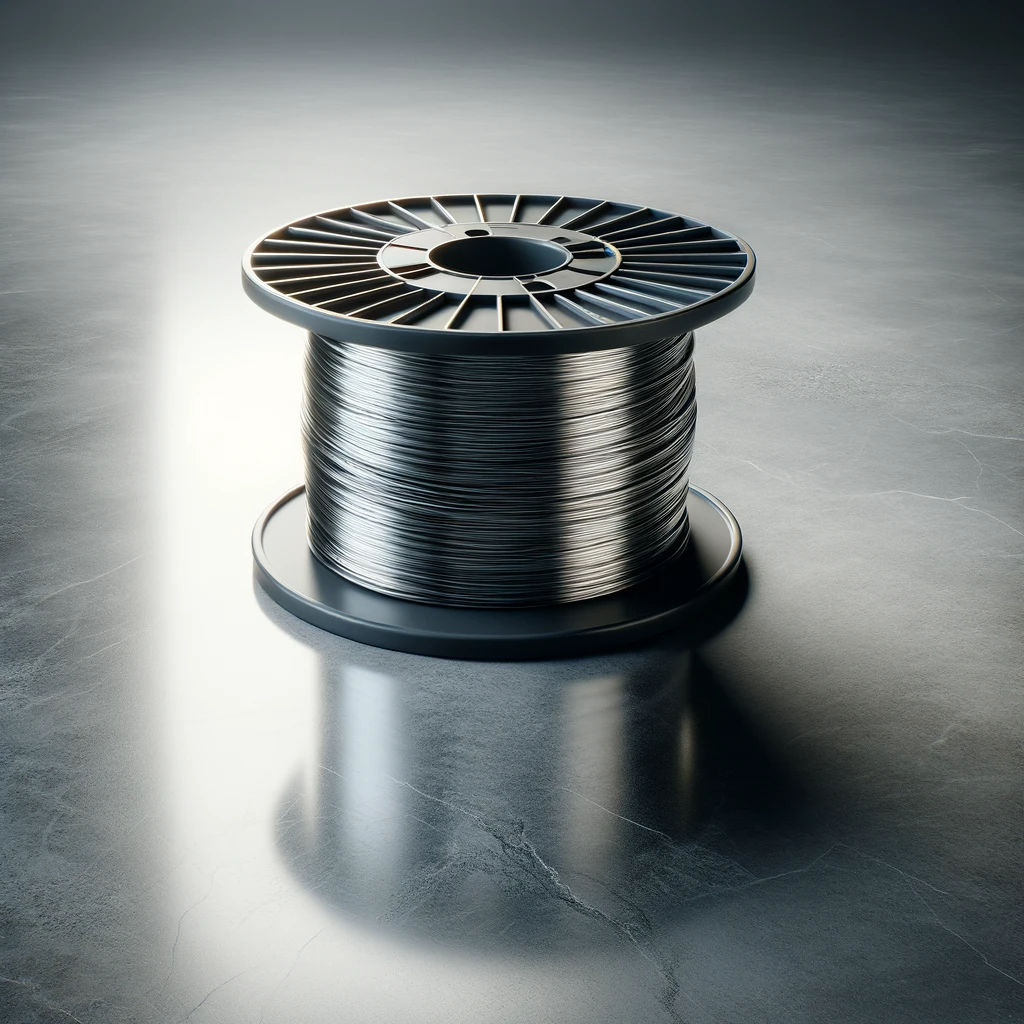
Nichrome 80: Resistance and Applications
Nichrome 80:
Nichrome 80, an alloy consisting of 80% nickel and 20% chromium, is known for its high resistivity and ability to withstand high temperatures. It has a resistivity of approximately 1.09×10-6 Ω·m, much higher than metals like copper. This higher resistivity makes Nichrome 80 an excellent material for applications requiring a controlled and consistent heat output.
Resistance and Length Relationship:
The resistance of Nichrome 80 wire increases with its length. For instance, a 1-meter length of Nichrome 80 wire will have half the resistance of a 2-meter length of the same wire, assuming the cross-sectional area remains constant. This property is particularly useful in applications like heating elements, where the wire needs to generate a specific amount of heat. By adjusting the length of the Nichrome 80 wire, manufacturers can control the resistance and, consequently, the heat output.
Industrial Applications:
Nichrome 80 is an inorganic compound that is widely used in the industry for a variety of applications, such as electric heating elements in household appliances (such as toasters and hair dryers), industrial furnaces, as well as exhaust gas recirculation in the automotive sector.
In applications such as these, it is a preferred choice due to its resistance to oxidation and stability at high temperatures.
FeCrAl A1: Understanding Its Resistance Profile
FeCrAl A1 Wire:
The FeCrAl A1 wire, which is an iron-chromium-aluminum alloy, is well known for its high resistance and excellent heat resistance, making it an ideal wire for applications that require high temperatures.
The resistivity of FeCrAl A1 wire typically ranges around 1.45×10-6 Ω·m, which is significantly higher than many common conductive metals. This high resistivity means that even short lengths of FeCrAl A1 wire can provide substantial resistance, making it efficient for heating elements and resistors.
Resistance and Length Relationship:
As with other materials, FeCrAl A1 wire’s resistance increases with length. When wire is used to generate heat, such as in electric ovens, toasters, and industrial furnaces, this characteristic is crucial.
As a result of adjusting the length of the wire, manufacturers can control the amount of heat produced, ensuring safe and efficient operation of appliances and equipment.
Durability and Oxidation Resistance:
In addition to its durability and oxidation resistance at high temperatures, FeCrAl A1 wire prolongs the life of heating elements and reduces maintenance requirements.
As a result, the wire’s performance remains consistent over time, even under continuous high-temperature conditions, making it a reliable choice for long-term use.
316 Stainless Steel: Resistance Characteristics
316 Stainless Steel Wire:
316 Stainless Steel wire, known for its corrosion resistance and strength, is another material with distinct resistance properties. Its resistivity is lower than FeCrAl A1, around 7.4×10-7 Ω·m, but still higher than that of pure conductive metals like copper. This moderate resistivity makes it suitable for applications where both durability and a certain level of electrical resistance are required.
Resistance and Length Relationship:
A wire’s length directly affects its resistance: longer wires provide greater resistance, while shorter wires provide less.
As 316 Stainless Steel wire is used for its mechanical properties and corrosion resistance, but also for its electrical properties, it is particularly useful in applications involving sensors and marine equipment.
Corrosion Resistance and High-Temperature Properties:
Due to its combination of corrosion resistance, especially in chloride-rich environments, and the ability to maintain its properties at high temperatures, this alloy makes a versatile choice for both industrial and marine applications due to its ability to withstand both high temperatures and corrosion.
Copper Wire: Length vs. Resistance
Copper Wire:
Copper wire is renowned for its excellent electrical conductivity, having a low resistivity of about 1.68 × 10-8 Ω·m. This makes it the preferred choice for most electrical wiring and electronics projects. However, even with its low resistivity, the length of the copper wire still impacts its resistance. The longer the copper wire, the greater its overall resistance, which can be an important consideration in designing electrical circuits, particularly over long distances.
Energy Loss in Power Transmission:
Especially in the case of power transmission, where long lengths of wire are required, even a material with a low resistance like copper can result in a significant energy loss as a result of the energy loss.
Electronics require careful management of wire lengths in order to ensure minimal resistance and optimum performance of the device.
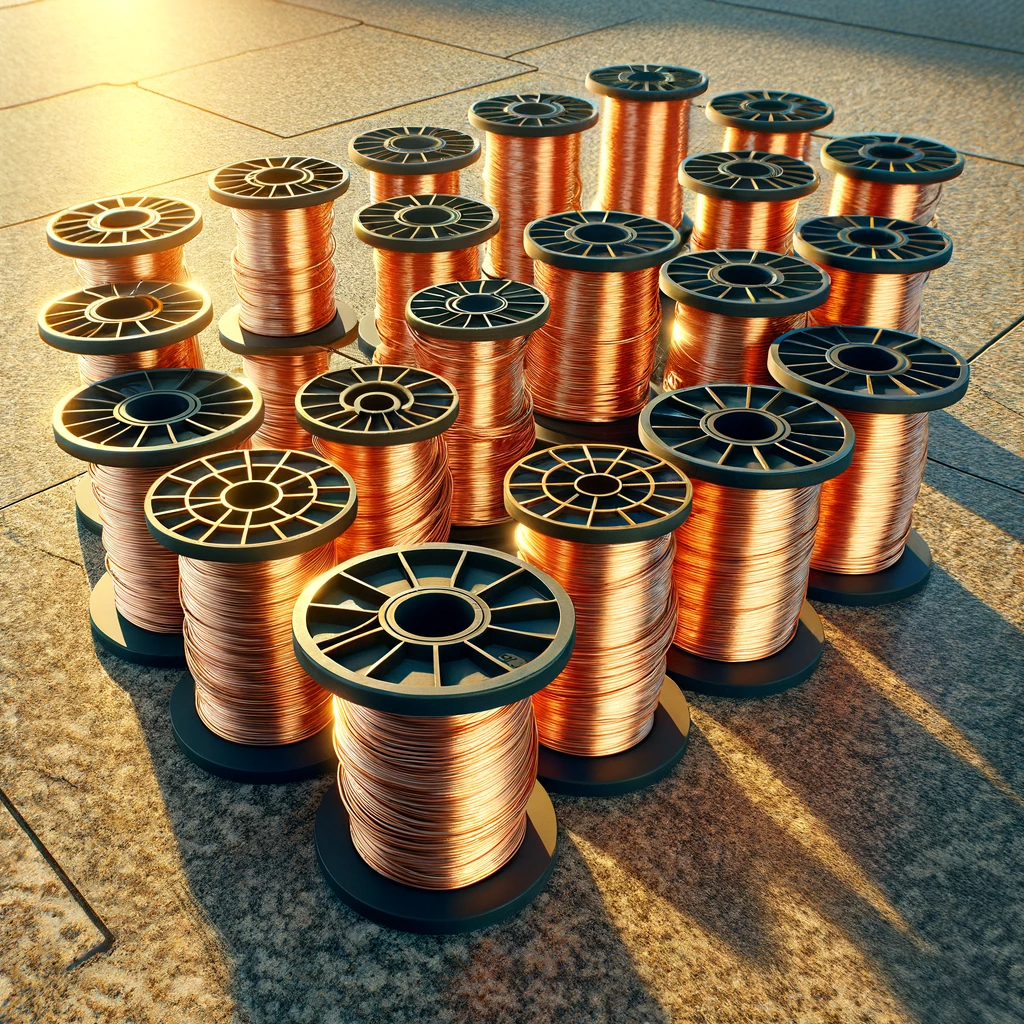
Practical Considerations in Wire Usage
Consider both the wire’s material properties and the required length when choosing wire for a project. It can have a significant impact on the electrical system’s performance depending on the wire gauge and length.
- Selecting Wire Lengths: The wire length should be determined based on the resistance required and the specific requirements of the application. The longer the wires, the greater the resistance, which can be beneficial or detrimental depending on the application.
- Precision in Wire Preparation: To ensure the desired resistance, wires must be accurately cut and prepared. Unexpected resistance values can result from inaccurate lengths, potentially affecting the system’s functionality.
A wire’s length is a significant factor in determining its resistance, which holds true across a variety of metals like Nichrome 80, FeCrAl A1, and 316 stainless steel.
In applications ranging from heating elements to electrical circuits, understanding how wire length affects resistance is crucial.
In order to ensure the effective and efficient operation of electrical and electronic systems, wires need to be carefully selected and prepared based on their material properties and required lengths.
We offer also a massive range of stainless steel wire and nichrome wire through our store. Choose the wire that you want to work with and we’ll get spooling.
If you’re interested in learning more about wire, check out our other blog on Everything You Need to Know About Wires.
We are also proud to supply this product on our highly popular eBay store, check us out there too.
Thank you for checking out our site.
- MULTIBUY SAVINGS – ORDER 5 FOR 20% OFF
- FREE UK Delivery For All Orders Over £25
- Immediate Express Dispatch From Stock
- Orders Fulfilled From Warrington, UK
- Tracked Delivery with Order Updates
- 30-Day Unused Returns Accepted


Nichrome Wire Safety: Top Tips for Working Safely
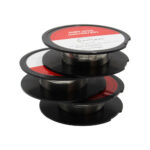
Best Wire for Electronics Projects
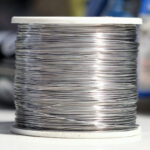
Is Ni80 Wire Suitable for DIY Heating Elements

Wire Grades Explained
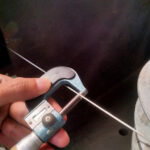
How Wire Diameter Affects Strength and Flexibility

How to Cut and Shape Wire for Custom Applications

Can Wire Be Used in 3D Printing?

How Wire Composition Affects Conductivity
